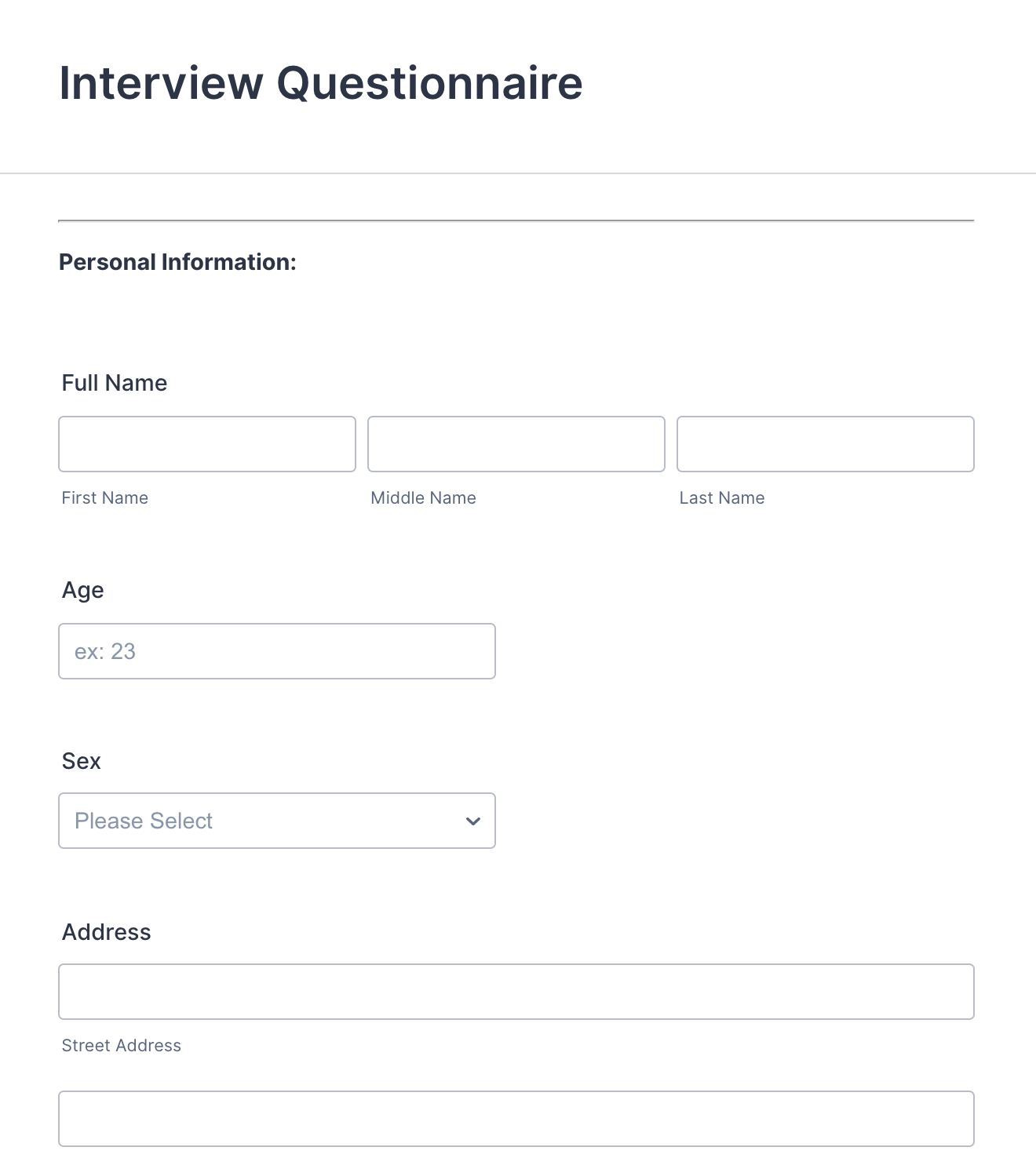How to create a recruitment pipeline
A streamlined recruitment pipeline ensures you always have access to qualified candidates when it’s time to fill a new position. The hiring industry is competitive, with online recruiting changing the way companies connect with job seekers. As a recruiter, you need to proactively bring in potential hires so you’re always ready when it’s time to fill open positions.
The key to ensuring that you have the best candidates is to build a recruitment pipeline. This strategy is built on a system of growing a “pool” of qualified job seekers that you might hire for future positions. Creating a recruiting pipeline reduces time to hire and increases the quality of candidates you’re hiring.
Here’s how to ensure you have an effective talent pipeline for your organization.
Identify future needs and goals
Knowing the direction the company is heading helps you connect with candidates who have the necessary skills. Not only should you be thinking about the current positions you have to fill, but also about future changes or growth that could affect recruiting.
For example, if your business anticipates significant growth in upcoming years, you need to be ready with a pipeline of candidates you can contact as you start adding positions. Also, consider other potential changes within the organization, such as department restructuring, new locations, or potential mergers on the horizon.
Choose effective lead generation strategies
When you’re actively searching for candidates, it’s important to know which platforms are most useful for connecting with job seekers who match your needs. Specific sourcing methods vary depending on the industry and type of employee you’re hiring, but here are a few standard recruiting methods:
- Social media. Building connections and relationships through social media can be a great way to tap available candidates when a new position opens. LinkedIn is designed with businesses and hiring in mind, making it a preferred site for social recruiting.
- Job boards. Having a list of your favorite job boards ready to go is really helpful, as you’ll know where to post the job description when it’s time to hire. It’s also important to maintain a file of commonly used job descriptions — that way, you don’t have to recreate the description from scratch each time.
- Employee referrals. Launching a program to encourage employee referrals is another effective recruiting method. Current employees likely have friends and family members who are looking for work. Make sure to offer employees a reward if the candidate they referred is hired.
- Networking groups. Attending in-person or online networking events is a great way to find new job candidates. A variety of options are available, such as digital job fairs, small business meetups, and industry conventions. Many of these events happen online now because of the COVID-19 pandemic.
Maintain communication with potential hires
When you establish a connection with a potential candidate, make sure to keep the lines of communication open. Even if you don’t have a job offer right now, you can create an organic business relationship that keeps the door open for future opportunities.
Be proactive about getting to know the job seekers in your recruiting pipeline. The more you know about their career goals, skills, and industry experience, the better prepared you’ll be to place them in the ideal position within your company.
Often, you need to nurture these leads because they may not be actively seeking a new position. Maybe they aren’t ready to change jobs right now, but they could potentially be a good hire down the road.
Establish a solid online reputation
When a candidate is considering a job offer, they’ll search the internet for information and reviews about the company. Are you giving the right impression with a good online reputation? Be proactive in promoting internal reviews to ensure job seekers find positive messages online. When your business has an established brand, it gives you a head start when communicating with candidates.
At the same time, you can also boost your company brand by publishing content regularly — share photos, videos, and articles to provide a glimpse into your company culture and environment. Keep your website and social media pages (especially Facebook and LinkedIn) up to date, and maintain an ongoing publishing schedule to attract high-quality candidates.
Automate recruiting system
Building and nurturing a recruiting pipeline takes time, making it a challenge for HR teams to keep up with ongoing tasks. Digital tools allow you to automate some tasks, helping you maintain candidate relationships while minimizing busywork.
Jotform offers practical, low-code tools for the recruitment process, giving you solutions for automating everything from gathering resumes to reference-checking and onboarding. Here are just a few of the recruiting form templates available:
- Online interview questionnaire form
- Reference check authorization
- Employee reference request
- Human resources job application forms
The benefit of using Jotform is that you have access to a wide range of options to customize forms for your business. Pick a template and design the ideal forms to support every stage of your recruitment pipeline. Additionally, Jotform Tables integrates with these digital forms, giving you a database where you can manage and track your recruitment process.
Photo by Edmond Dantès from Pexels



































Send Comment: